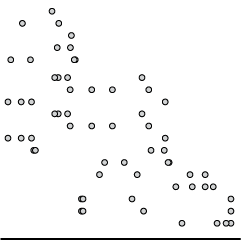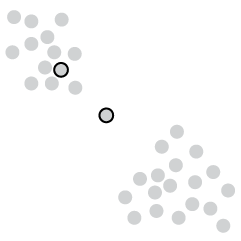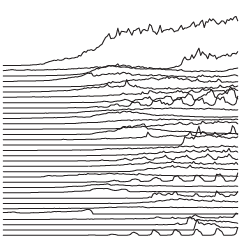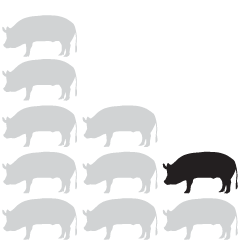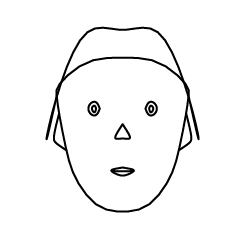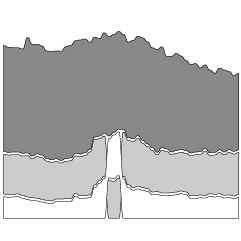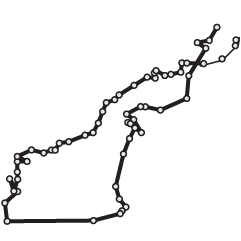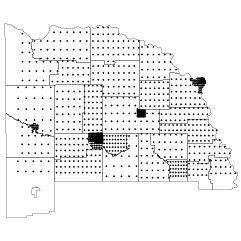There’s the unspoken agreement between two people who walk directly towards each other. You each shift a little bit to get out of the other’s way, but some people don’t like that agreement.
New York resident Cathy O’Neil noticed a certain pattern in this collision course. So she collected data implicitly by playing chicken with people who weren’t up for shifting.
Read More



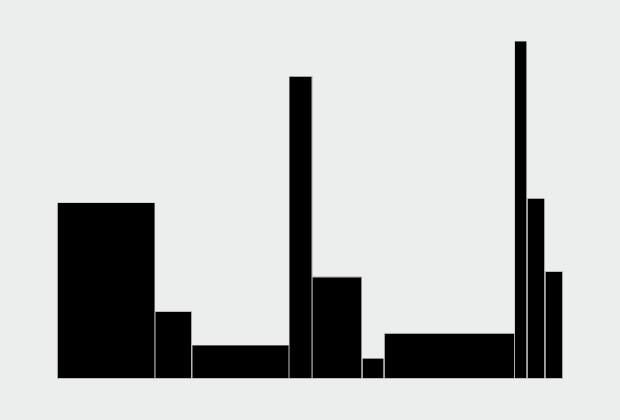
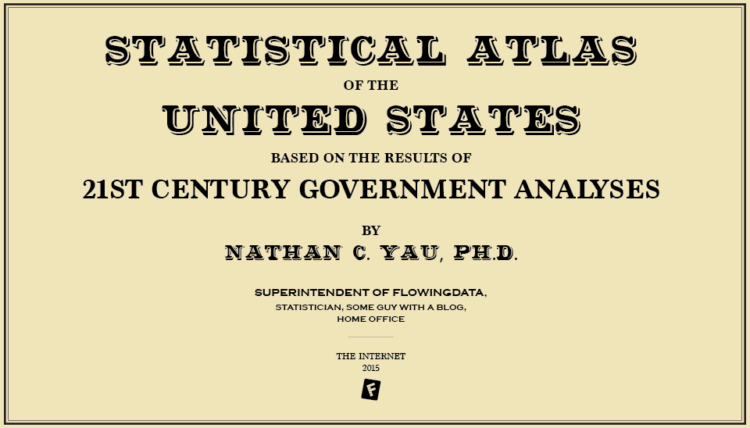
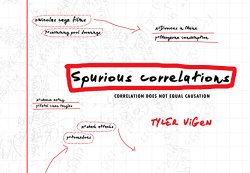 Last year Tyler Vigen put together a
Last year Tyler Vigen put together a  On Writing Well by William Zinsser is a bestselling guide on writing well. Yep. Ben Jones
On Writing Well by William Zinsser is a bestselling guide on writing well. Yep. Ben Jones 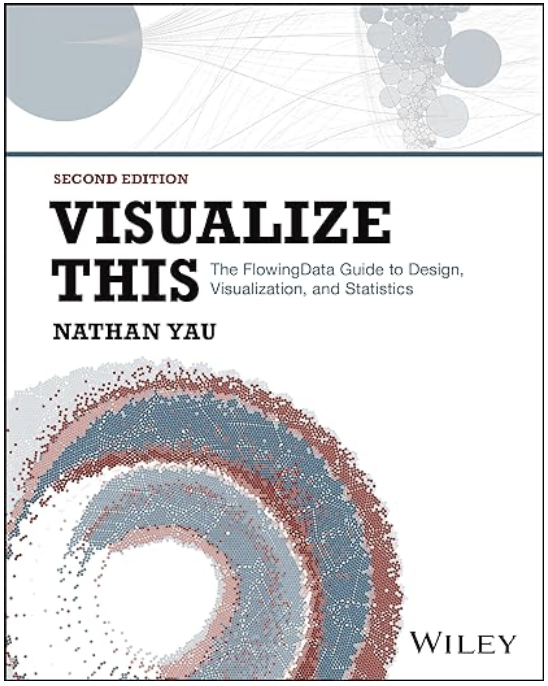 Visualize This: The FlowingData Guide to Design, Visualization, and Statistics (2nd Edition)
Visualize This: The FlowingData Guide to Design, Visualization, and Statistics (2nd Edition)


